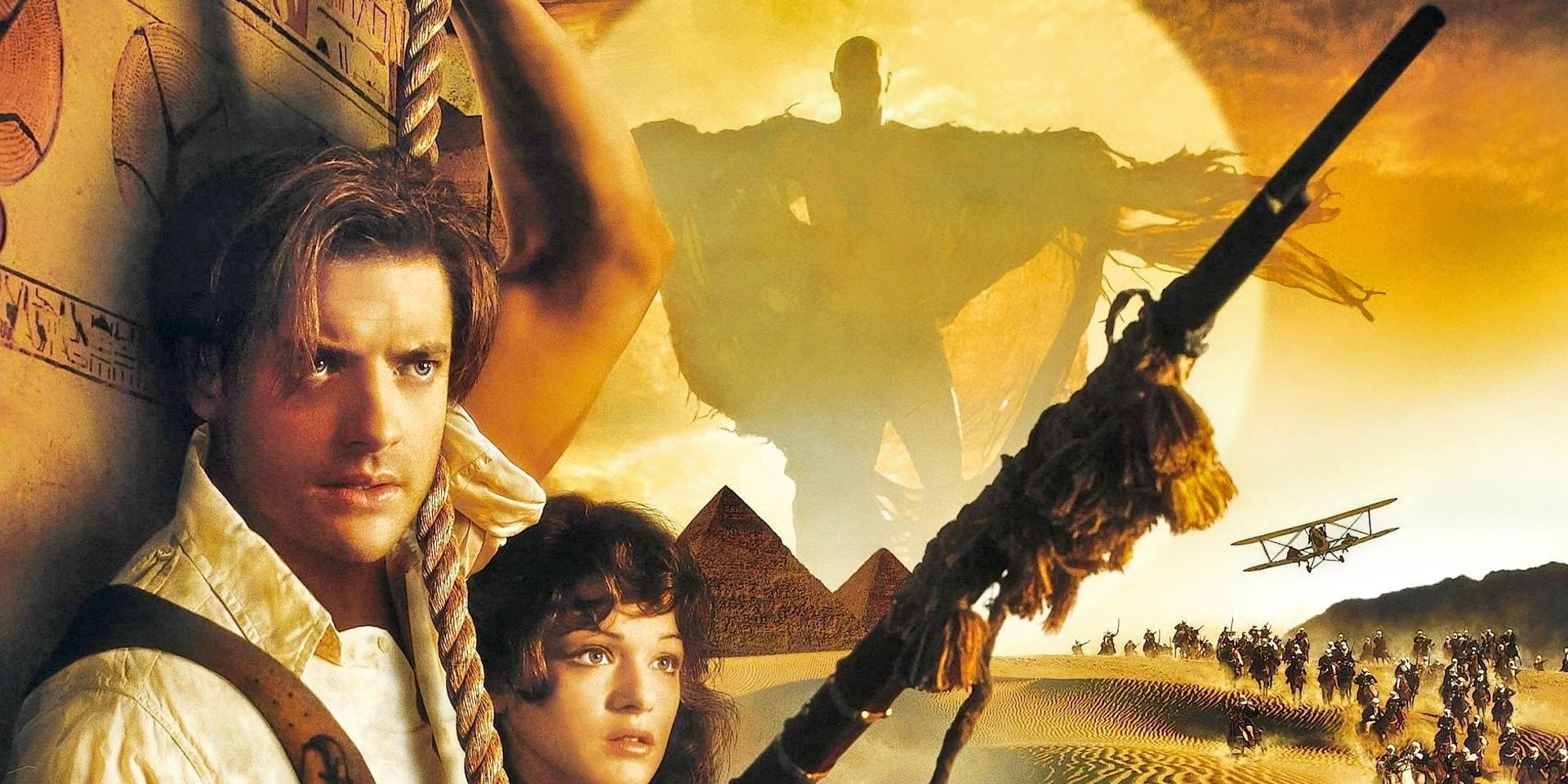
Not everything from a screenplay will make it into the final movie and here’s everything that changed when making The Mummy. Released in 1999, writer/director Stephen Sommers' reimagining of the 1932 Universal Monsters classic was an instant hit, with a sequel quickly greenlit. Unfortunately, the franchise was laid to rest after 2008’s The Mummy: Tomb of the Dragon Emperor failed to resonate with critics and audiences.
Universal’s attempt to revive the franchise with Tom Cruise in 2017 met with little success, whereas Sommers’ franchise successfully encompassed three films, an animated kids' show, and a rollercoaster at Universal Studios' theme parks. 1999’s The Mummy follows ex-French Foreign Legion soldier Rick O’Connell (Brendan Fraser), librarian and budding archaeologist Evelyn Carnahan (Rachel Weisz), and her pickpocket brother Jonathan (John Hannah) as they search for the infamous City of the Dead. They inadvertently awaken the cursed High Priest Imhotep (Arnold Vosloo), who is determined to resurrect his long-lost love and wreak havoc upon the world.
One reason for The Mummy’s enduring appeal is its winning combination of genres. Part ode to vintage horror, part action-comedy, and with a sweet romance at its core, Sommers’ film was ahead of its time in its tongue-in-cheek approach. It continues to influence modern blockbusters too, with Disney’s new Jungle Cruise trying to recapture The Mummy’s magic. However, the original script reveals some major differences from the finished film, including a greater emphasis on gore, fleshed-out backstories for certain characters and a more ambitious finale.
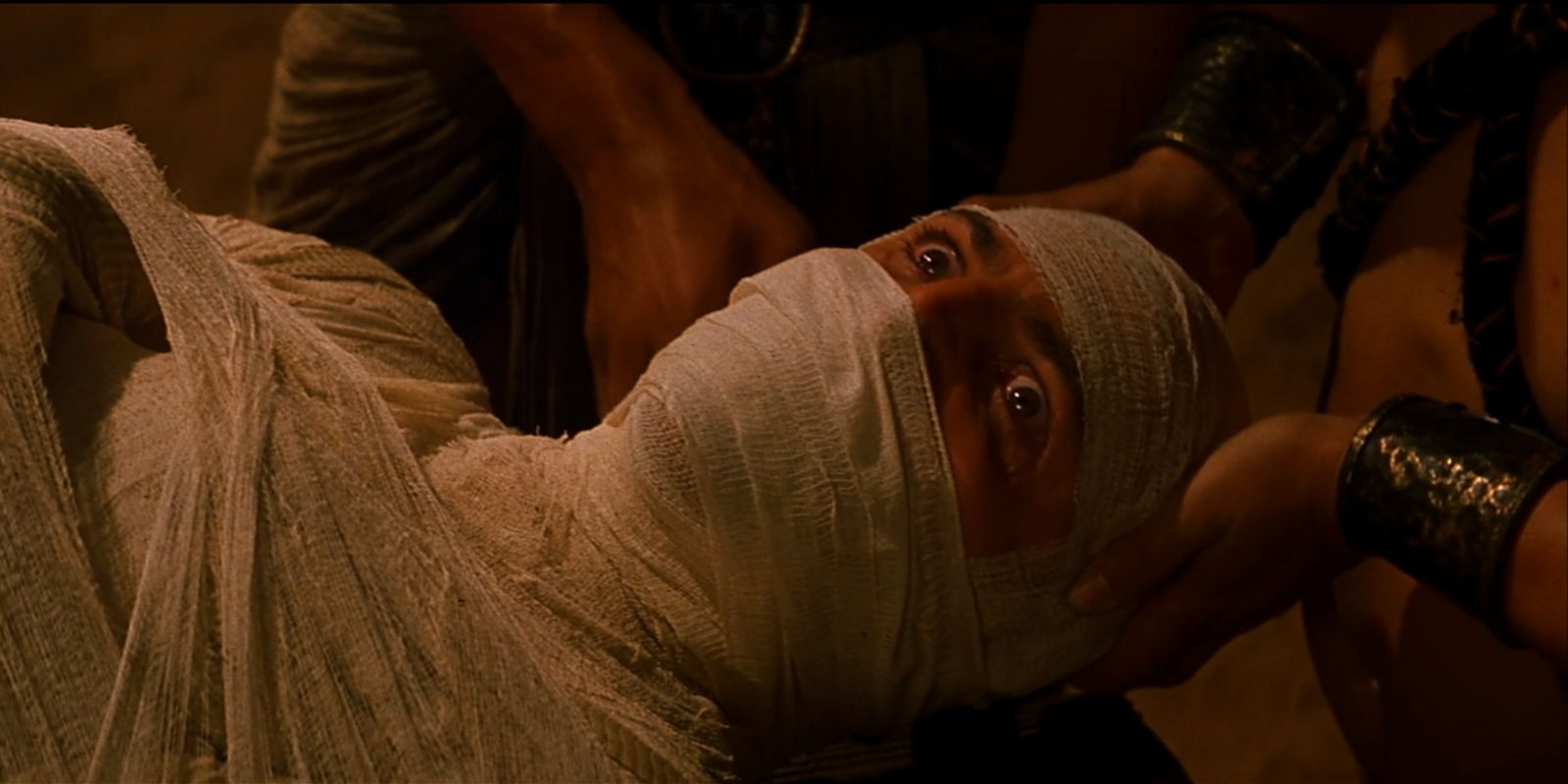
The Mummy opens in Thebes 1290BC, with Medjai warrior Ardeth Bay (Oded Fehr, Once Upon A Time) narrating the events leading to Imhotep’s curse. Strangely, the early script sees Imhotep recount his own final days, including the staged funeral of his love Anck-su-namun (Patricia Velásquez). Following their joint murder of the Pharoah and his lover's suicide, Imhotep is tasked with cursing her body. He and several Medjai lead a procession into the desert and Imhotep reads from the Book of the Living. Once slaves bury her corpse they are killed by soldiers, who are in turn stabbed by Imhotep's priests, ensuring no unholy person would know the location of her burial. After the Medjai leave, the priests hurriedly unearth Anck-su-namun so she can be resurrected in Hamunaptra. This was presumably cut for pacing, but it effectively recreates Imhotep's (Boris Karloff) burial from The Mummy 1932, revealing some extreme security measures. Portraying his sacred duties would have showcased Imhotep's scheming nature while furthering his backstory.
The earlier draft then depicts Imhotep's mummification in more horrific detail. His severed tongue is thrown to dogs, while scarab beetles enter his mouth and nostrils. It's also clarified the scarabs were cursed, and forcibly consuming them sealed his fate. This ghastly detail is sorely missed, but The Mummy likely exercised restraint to avoid receiving a higher rating. Imhotep's narration ends with a proclamation he will revive Anck-su-namun and together they will bring about the apocalypse, which misrepresents his intentions and reveals them too soon. The heroes gradually learning of his plans in the final film carries greater impact; Imhotep's goal in The Mummy is to reunite with his lost love, something the Medjai underestimated.
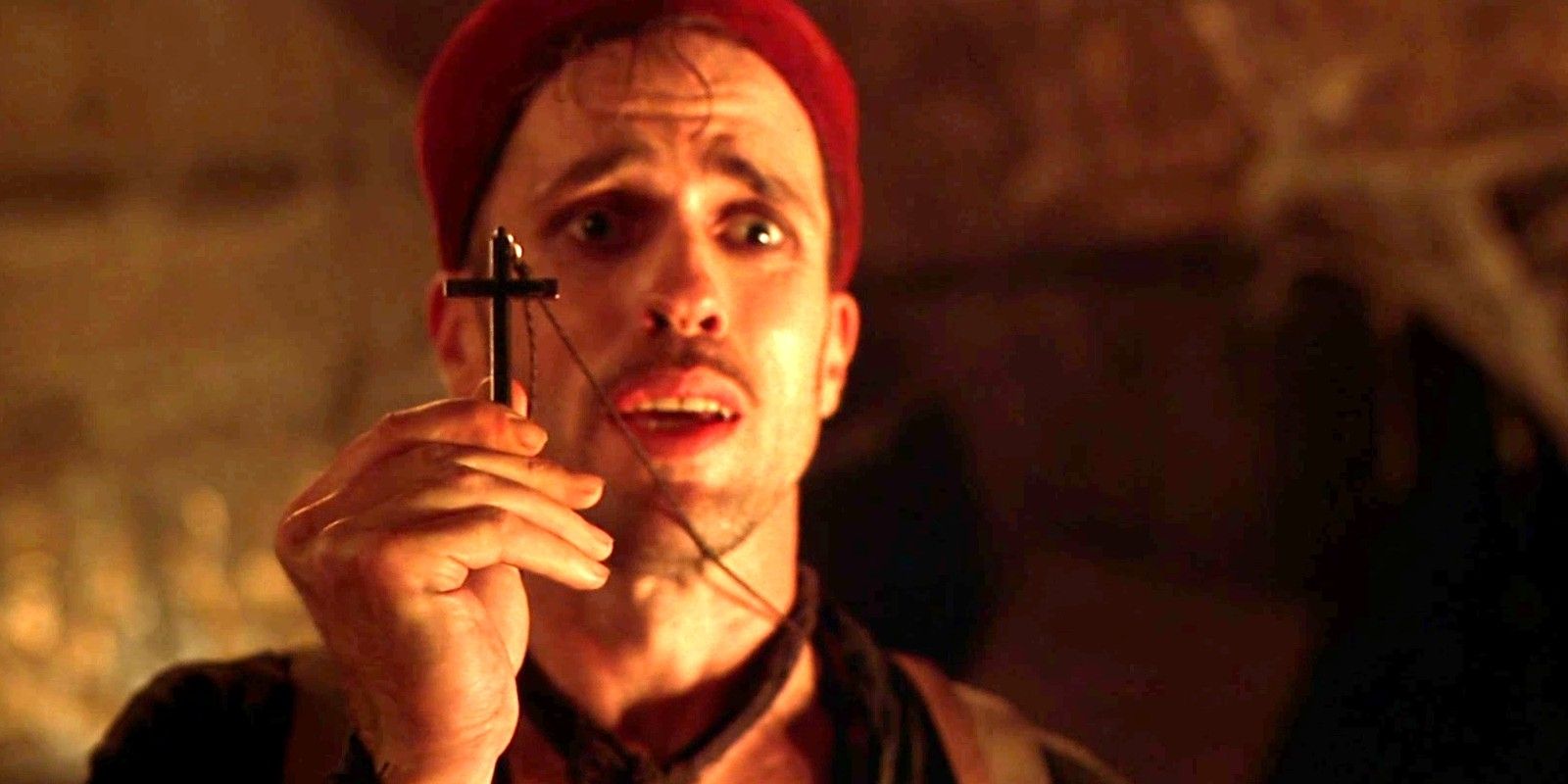
Beni Gabor (Kevin J. O’Connor) is introduced as Rick's traitorous friend in the Legionnaires and they have a considerably more strained relationship in the script. Before the first act shootout at Hamunaptra, he repeatedly proposes scenarios to avoid a fight, to Rick's annoyance. He wonders what crime Rick committed to wind up in the Legion - apparently none - because Beni was caught robbing a synagogue. He readily admits to targeting places of worship as they are poorly guarded and synagogues are his specialty, given Hebrew is one of seven languages he speaks. The scene's dialogue isn't as sharp as in The Mummy movie's final cut and was probably trimmed for time, but it does foreshadow Beni's alliance with Imhotep. It also explains why, upon meeting the mummy, he presents numerous religious tokens to ward off Imhotep, with his Hebrew prayer recognized as "the language of the slaves".
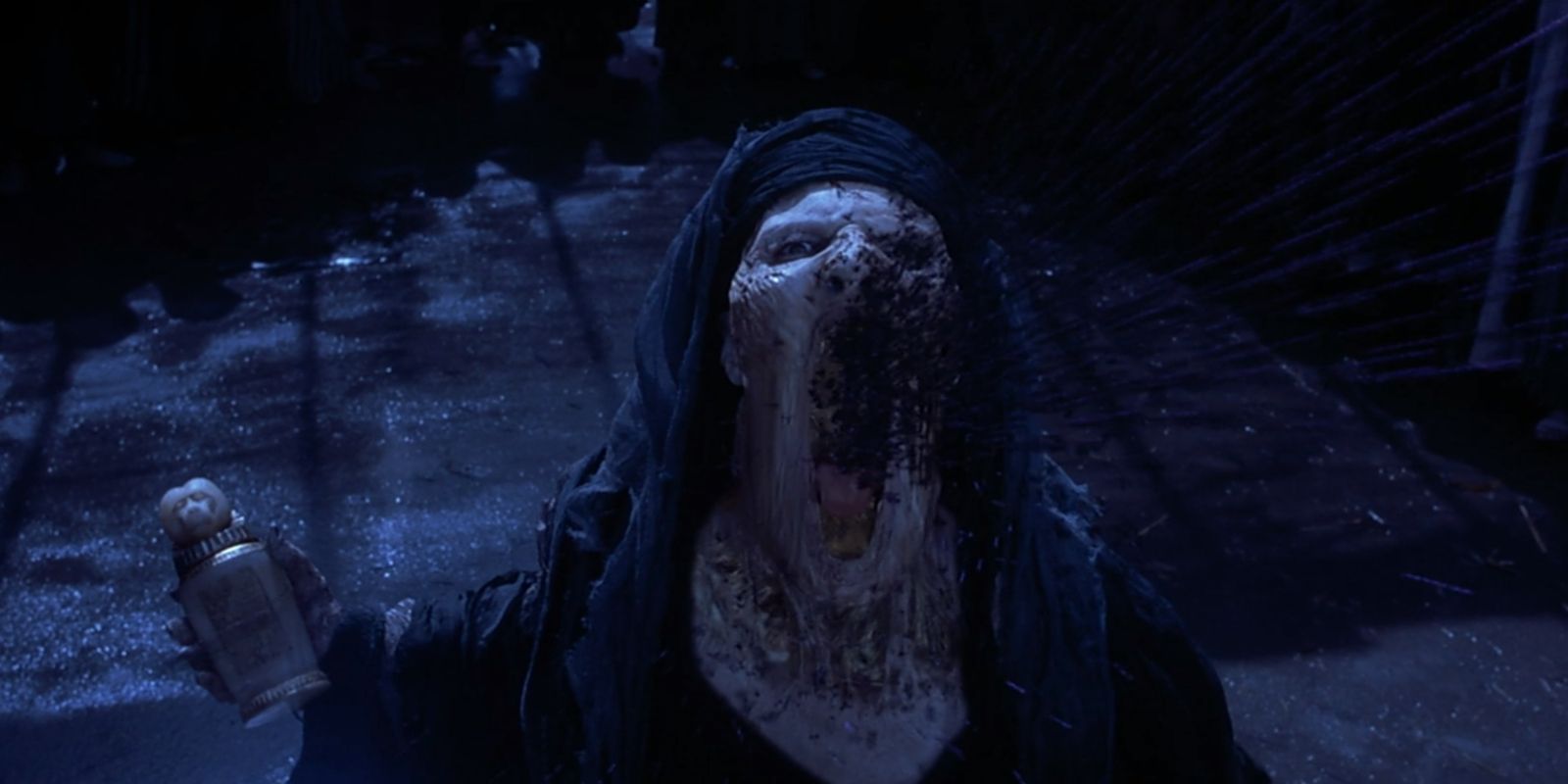
Imhotep’s mummification wasn’t the only grisly scene toned down in The Mummy. Diggers and reanimated priests were both to be melted by booby-trapped acid. Ultimately, only the diggers are sprayed with acid and their disintegration occurs offscreen. The most gruesome omissions involve Imhotep’s rotting corpse. His first attack in the film remains a frightening moment due to his shocking removal of adventurer Burns’ (The Boys in the Band's Tuc Watkins) eyes and tongue. Still, the script describes the event in greater detail; having lost his glasses, he stumbles with his arms outstretched into Imhotep, and his hands are covered in oozing, "juicy" flesh. Imhotep’s skeletal hand then clamps over Burns’ mouth to silence his screams, the eye-gouging to follow unseen. Once Evelyn bumps into them, Imhotep throws Burns to the floor, pinning him with his foot. There is also a macabre moment where he wiggles his new tongue around his mouth before Rick blasts him with his shotgun, which blew open Imhotep's ribcage.
Imhotep's decaying state and regeneration are more vividly witnessed in the 1999 Mummy's script, at once emphasizing his immortality and illustrating a degree of vulnerability. His meeting with Beni is scarier, as he attempts to prevent guts spilling from his gaping wound while Beni repeatedly shoots him, merely to "splatter molten flesh rot" onto a wall. Imhotep's body was to be "infected" upon contact with humans, hence in one alternate scene his hand decays upon grabbing Rick, and the hero accidentally punches a hole in his partially regenerated head and must yank his fist free of the skull. Only one such instance remains in the film when Imhotep's mouth rots while kissing Evelyn as she sleeps.
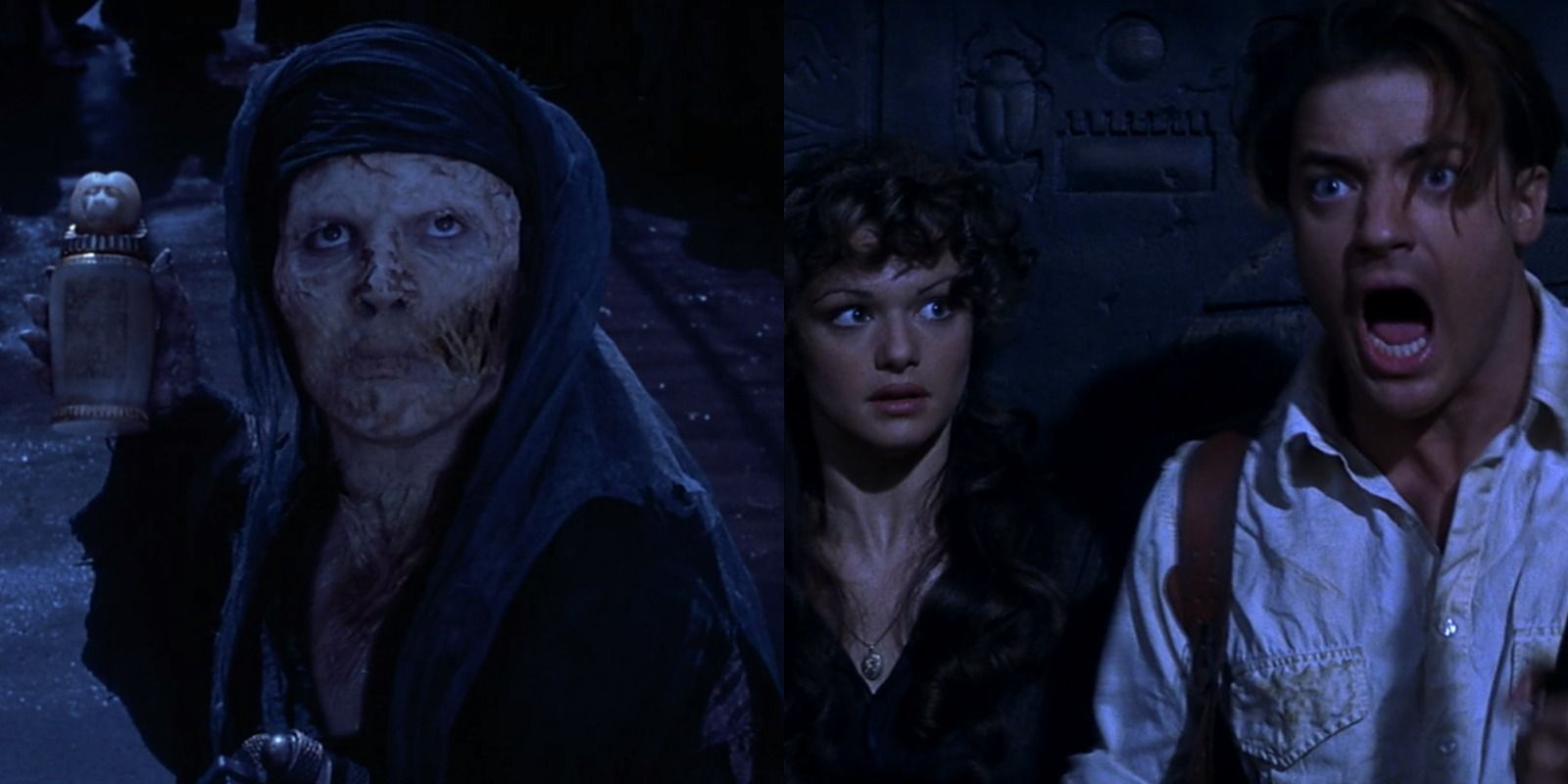
In Universal's classic 1932 monster movie The Mummy, Imhotep posed as nobleman Ardeth Bay to avoid arousing suspicion. Sommers’ script chose to make Ardeth a separate character but retained the idea of Imhotep in disguise. Shortly after the group’s return to Cairo and before the murder of Burns, Rick runs into Beni and a robed "prince" wearing a death mask. Not yet aware of the mummy's name, Rick extends his hand to shake Imhotep's, but he recoils, with Beni citing his refusal as a “silly Eastern superstition”. This moment is later witnessed with Burns instead of Rick, which makes a lot more sense considering Burns can’t see the threatening figure. Having fled Hamunaptra without Beni following the mummy’s resurrection, it would stretch believability for Rick not to realize the identity of the mysterious prince. Still, it’s a fun homage to Karloff's 1932 original, and the mummy Imhotep's aversion to touch seems more significant given the cut moments involving his decaying flesh.
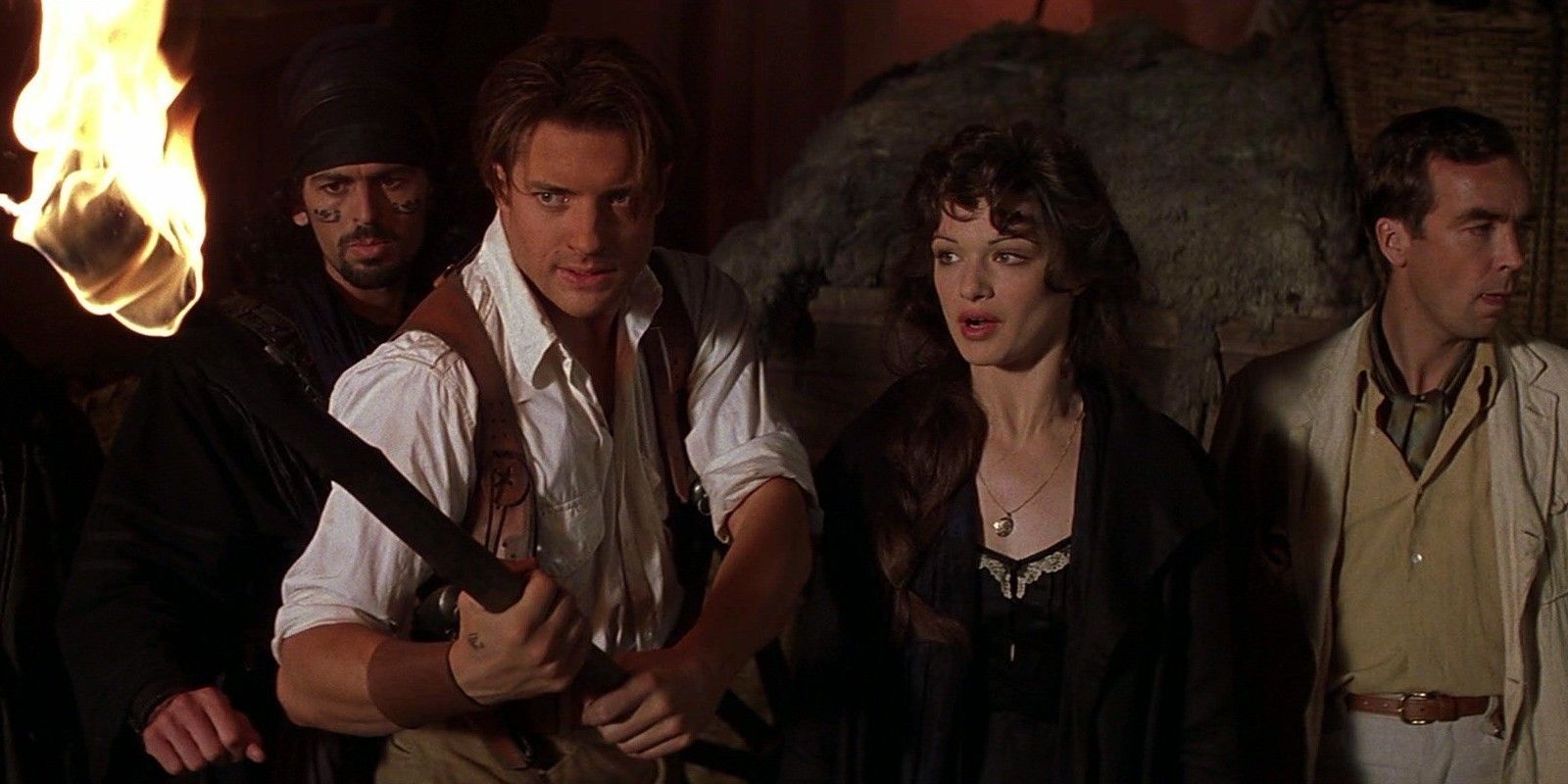
Following a tense standoff where Imhotep absconds with Evelyn and the heroes are cornered by the brainwashed citizens of Cairo, Rick, Jonathan, and Ardeth escape into the sewers. This sequence is longer in the screenplay, following the group as they frantically avoid Imhotep’s slaves dropping down from the surface. Rick throws a stick of dynamite to block their pursuers, and Jonathan receives a small moment to question Ardeth about his sister's fate. Although his loyalty to Evelyn is displayed through his actions, The Mummy only gave him one brief line to address his concern onscreen. This scene would have strengthened his characterization by showing his determination to rescue her, but this was probably cut as it slowed down the action while the filmmakers chose to emphasize Rick and Evelyn’s romance over a brother-sister bond.
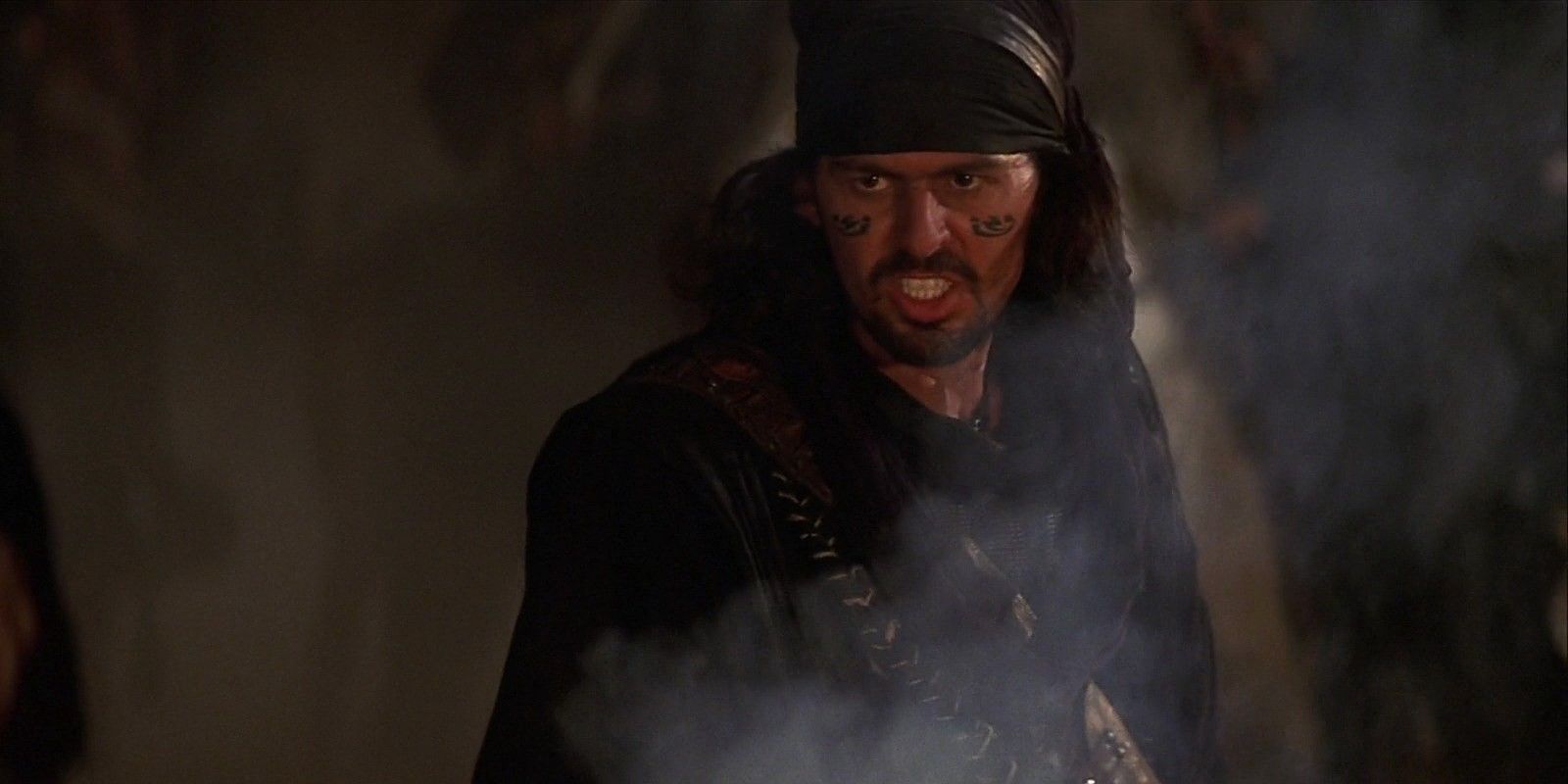
One of the biggest changes from The Mummy’s script is the fate of Ardeth Bay. Introduced as a secondary antagonist, he eventually fights alongside the heroes, aiding the rescue at Hamunaptra. In the film, he draws the attention of several mummy priests away from Rick and Jonathan, enabling them to reach a captive Evelyn before reappearing in the final scene. However, the script gives him a noble sacrifice, whereby he is torn apart by the priests. While scarce on detail, it remains a horrific image and is a change made for the better. Ardeth was a popular character and welcome addition to 2001's The Mummy Returns, which also introduced the Rock's Scorpion King. It would also have been unwise to kill the Egyptian warrior while only the white explorers survive.
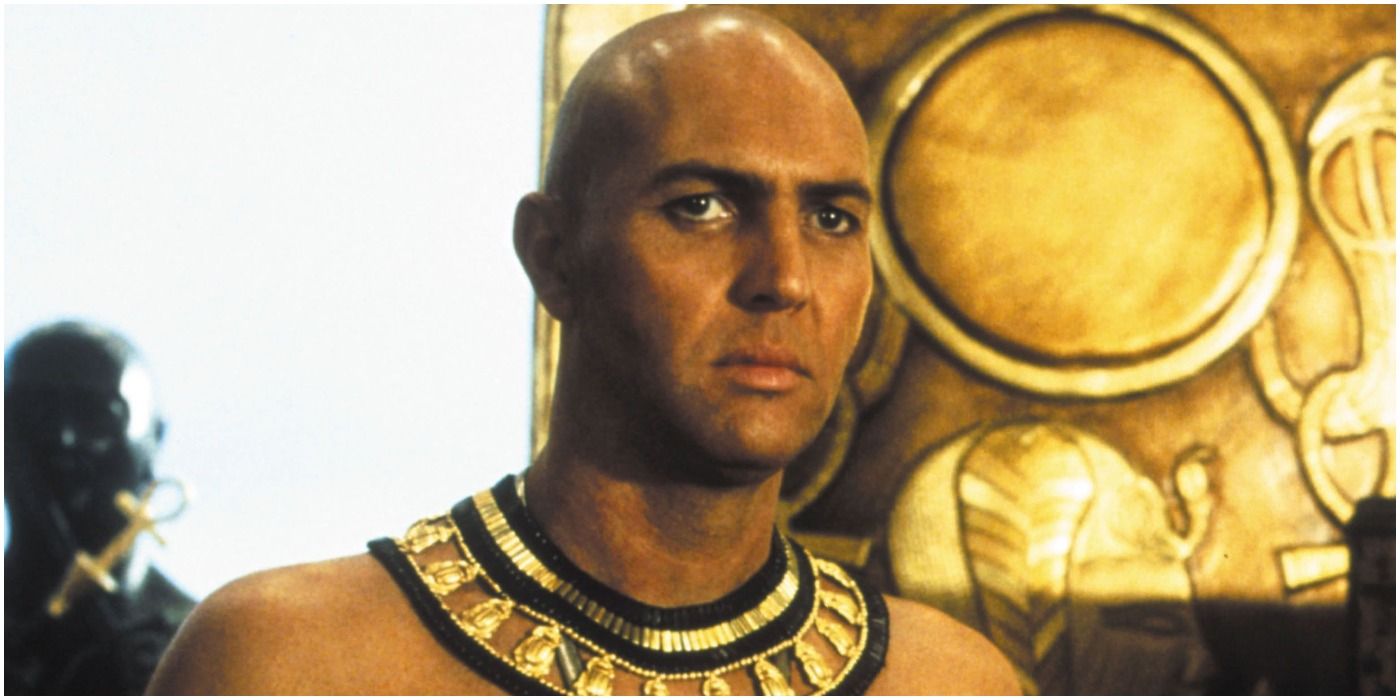
The main events of The Mummy’s thrilling climax remain much the same, except for one major change – instead of undead soldiers, it's the statue of Anubis which springs to life. Jonathan inadvertently revives the statue by reading an inscription from the Book of the Living, which promptly targets Rick, before Jonathan learns how to command the monstrosity and it proceeds to crush Anck-su-namun’s reanimated corpse. The thought of a stone Anubis smashing through mausoleums is curious but more outlandish than everything else in the story. Given the constraints of 1990s CGI and its negative impact on horror, it’s doubtful Anubis would have looked very convincing, whereas the soldiers provided a creepy threat that resulted in a more brutal death for Anck-su-namun, who is besieged and slashed by the warriors. Ultimately, the film was wise to avoid CGI overload - a lesson Returns should have taken onboard.
Although a few intriguing character moments were removed, the changes don’t diminish The Mummy’s status as an extremely entertaining blockbuster. Admittedly, the script’s gore might have held greater appeal for those expecting a more faithful horror remake. However, most of the script’s witty dialogue and subversive qualities remain intact, boasting a compelling romantic villain and Rachel Weisz's intelligent hero who is no mere damsel in distress.
from ScreenRant - Feed https://ift.tt/3AiuL8Z

No comments: